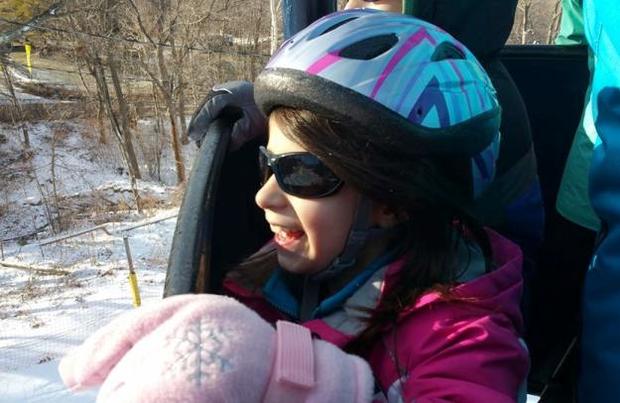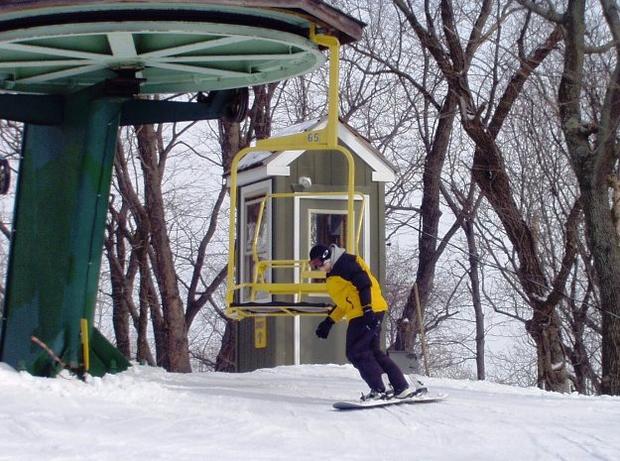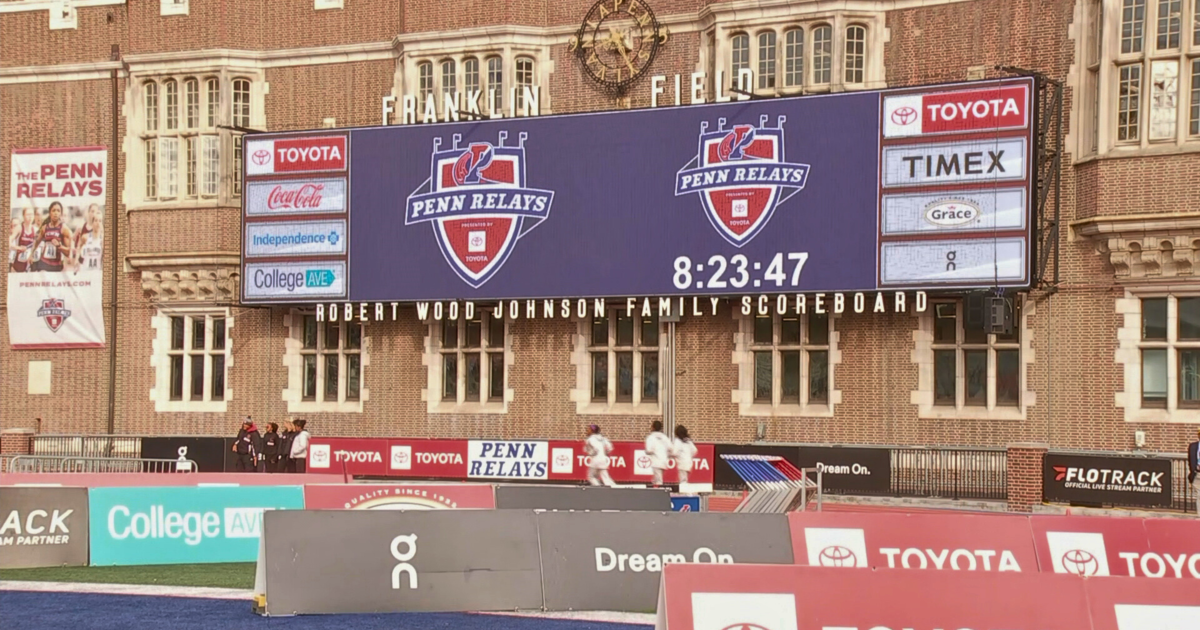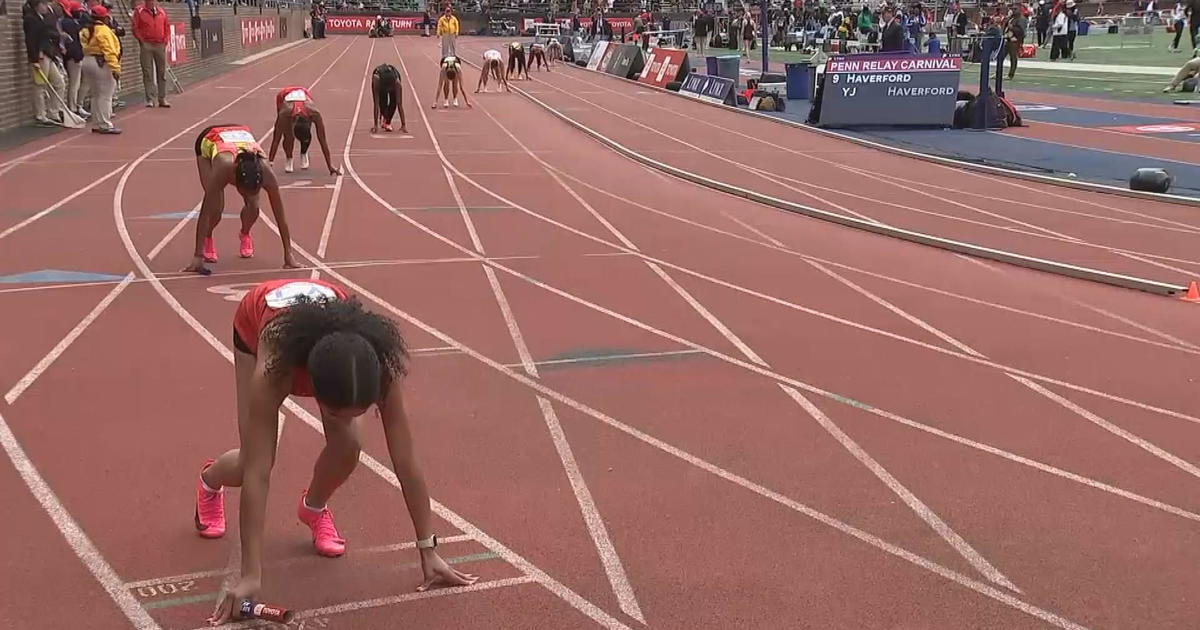Guide To Safety On The Slopes
A pair of recent Pennsylvania chairlift accidents has focused attention on skiing and snowboarding safety. Like any active sport, there are underlying risks. But if you follow the rules, stay alert and know your limits, they are minimized. The discussion began when a five-year old riding alone on a chairlift recently fell off and suffered a leg injury after dropping over 20 feet. So, let's start there. – Jay Lloyd
KIDS
It's not uncommon for ski and snowboard resorts to assign parents the responsibility of deciding when a child can safely ride a lift alone. There is no hard and fast rule, but a majority of those I've spoken with in the ski industry say they did not allow their own kids to ride alone at five. I didn't. Youngsters are easily distracted and fidgety. I've seen many change positions to get a look at friends on the following chair. It's a recipe for trouble. Young kids can easily slip under the safety bar. The best bet is to start youngsters off with professional instruction and a multi-week program to instill basic skiing and safety techniques. Then ski or ride with them on the slopes to see how well they've absorbed the lessons. Only when satisfied that they can ski and ride in control, stay on marked trails and don't play chicken with the trees, should they be allowed to hit the slopes alone -- but check in every hour. And by the way, make sure they wear a helmet.
PREPARATION
Safety on the slopes starts with the equipment. Many new skiers will rent their gear. It's also the safest way to get started because the ski bindings and boots will be fitted in the rental shop to make sure, based on weight and skill of the skier, that they are set so that the skis release during a fall. If using your own equipment, make sure to have it professionally serviced at the beginning of the season. That includes a binding check and edge sharpening. If your weight and ability level or general conditioning has changed, make sure you note it on the form. Prior to skiing or snowboarding, get in shape with a snow sports specific exercise program.
ON THE LIFT
Do not wear anything that has a loose end, like a scarf. It can become caught. If you feel the chair at the loading area is running too fast, ask the operator to slow it down until you board. Lower the bar. Teens enjoy trying to swing the chair; don't do that. If you fall when leaving the chair, the operator at the summit will stop it to prevent the next chair's occupants from riding over you. If the lift stops midway, be patient. If a power outage has occurred or the chair will not move for an unacceptable period of time, the ski patrol may decide to evacuate. Carefully follow instructions and stay calm. Evacuations are rare and only occur when the temperature or other weather conditions pose a danger.
ON THE SLOPES
This is asking a lot, but if you want to listen to music, do it in the lodge. One skier wearing headphones was run down by an avalanche because he didn't hear it coming. You also can't hear the sound of other skiers and riders coming up fast behind you. Which brings us to passing. You can never know which way a skier is going to turn or when. It was customary to sing out "on your left," or "on your right," before passing. It's still a good idea, but few do it. Give it a try. You'll like the result. And remember, the downhill skier or rider always has the right of way.
* Stay on the trail. There may be a great temptation to take shortcuts through the woods, but a fall off the patrolled trails, especially before closing, is dangerous and can be fatal.
* Know your limits. Because you can ski a black diamond trail in the Poconos doesn't mean you can do the same in Vermont. The symbol designations only relate to relative degrees of difficulty on one specific mountain. They cannot be compared to others. Best start one level below where you would normally ski and work your way up to find a comfortable level.
* Never accept a dare or the demands of an insistent friend that you take a run on "Maneater" unless you know it's within your ability range.
*Do not ski too fast for conditions.
* Drinking and skiing or riding do not mix well. Alcohol sends fantasies to the brain that the body can't deliver. And thinking that it can just ain't enough. My practice is simple: When the cork comes out, the boots come off. That's it.
*Keep an eye out for obstructions and pay attention to signs designating ice or ungroomed conditions. Give grooming equipment and maintenance snowmobiles a wide berth or stop till they pass.
*If you come across an injured skier or rider on the slopes, plant their skis upright and crossed in the snow above him, or their snowboard upright. Call for the ski patrol. If there's no cell service, send another skier for help while you stay with the injured one.
IN THE LODGE
One of life's most embarrassing moments can come after a day of brilliant skiing on the most challenging trails without a scratch or strain when you take a spill in the lodge. Most ski lodges have skid-proof flooring, but there's always that one little spot that can catch an ice-coated boot edge. Stay alert.
Now, get out there and have fun, but stay safe!







